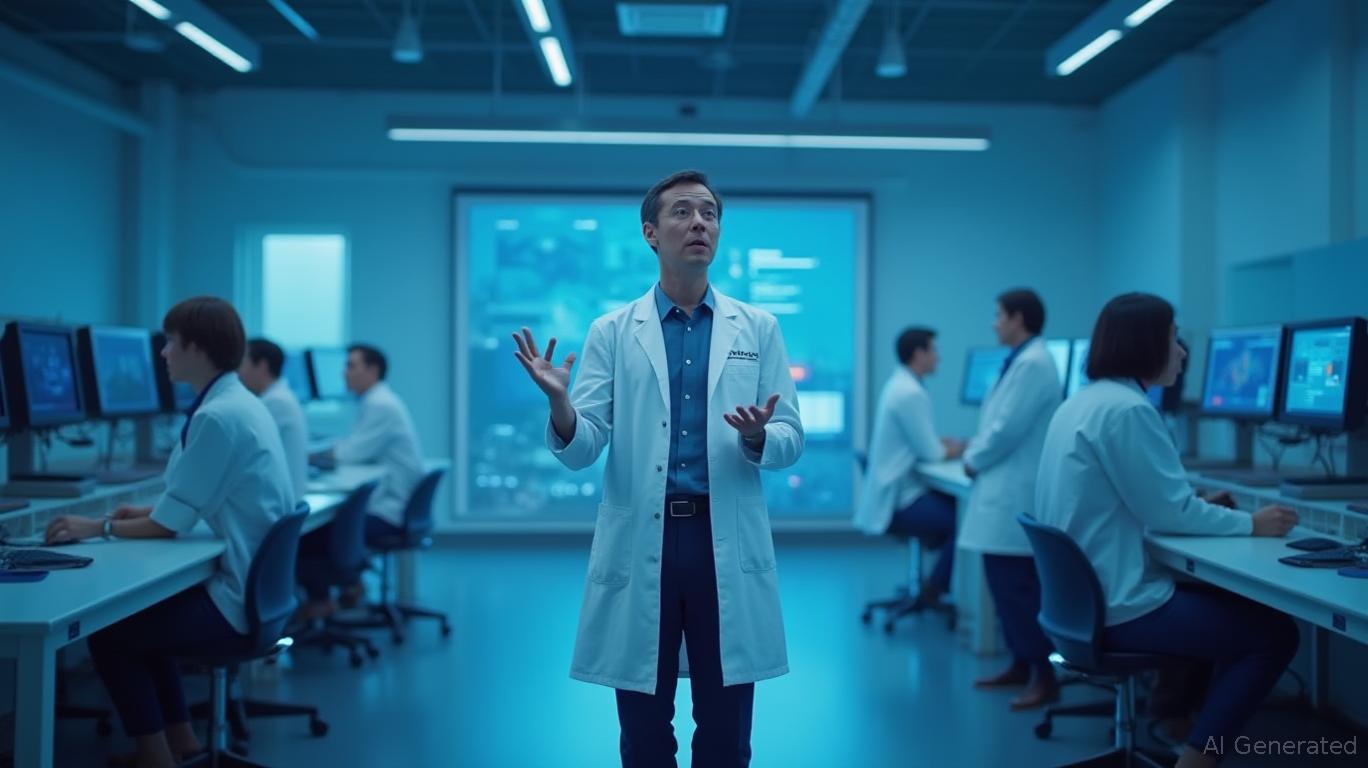AInvest Newsletter
Daily stocks & crypto headlines, free to your inbox
Kling 2.1, the latest iteration from Kuaishou, has been launched to compete directly with Google's Veo 3 in the AI video generation market. This new release comes just days after
unveiled Veo 3, intensifying the competition in the AI video generation space. Early access users have praised Kling 2.1 for its ability to generate "mind-blowing" cinematics, with significant improvements in generation speeds, prompt adherence, realism, and reduced artifacts. The Master tier of Kling 2.1 utilizes advanced 3D spatiotemporal attention mechanisms and proprietary 3D VAE technology, aiming for cinema-grade output.Benchmark comparisons show that Kling 2.0 outperformed all rival models except for Google’s Veo 2 and 3. The 2.1 version enhances existing functionalities and resolves previous concerns regarding generation speed and consistency. Although too recent to be included in current AI leaderboards, updates with comprehensive testing data are expected soon. The 2.1 Master model is anticipated to widen the performance difference between Google and Kling and their rivals.
In terms of pricing, Kling 2.1 offers three tiers: Standard mode at 720p for 20 credits per 5-second video, Professional mode at 1080p for 35 credits, and Master mode at 1080p for 100 credits. The Professional mode delivers visual quality very close to Master's at less than half the cost, making it the most cost-effective option for professional creators requiring HD clarity without ultimate cinematic polish.
When it comes to text generation, Kling 2.1, especially the Master version, shows significant improvement over the previous 1.6. However, Veo 3 has a slight advantage in generating text more consistently. For example, both models successfully generated a small robot with the word "EMERGE," but Veo 3 delivered accurate text even when the robot wasn't the main focus, while Kling produced gibberish in such scenarios.
In terms of realism and human emotion, Kling 2.1 excels in complex motion sequences and accurately renders details like joint alignment and realistic physics effects. The model's enhanced prompt adherence allows for precise control over camera movements and emotional expressions. However, Veo 3's ability to generate audio becomes a major factor that enhances a scene's emotional impact. When asked to generate a scene with profound sadness, Veo 3 took a more cinematic approach, while Kling 2.1 focused on the portrayal of the emotion itself.
For image-to-video conversion, Kling 2.1's Standard and Professional modes currently support only image-to-video generation, requiring users to provide source images. The company announced that text-to-video capabilities will be added to these tiers soon, while Master mode already includes this feature alongside enhanced dynamics and prompt adherence. In tests, Kling 2.1 was better than Veo 3 but far from perfect. It understood the camera movement, the elements, and the intention of the scene but failed to keep focus on the main subject. Veo 3, on the other hand, remained focused on the subject but failed to render any of the other elements in the prompt.
Both models struggle with multi-subject scenes and dynamic shots. Kling 2.1 represents a significant improvement over previous generations but still fails to manage complex scenes accurately. Veo 3 attempted to generate the full pack of wolves but initially struggled with coherence. Kling 2.1 sacrificed a bit of prompt adherence for a substantial gain in coherence, which seems like the better outcome. In dynamic shots, Kling 2.1 proved far more dynamic than previous versions, generating fast-paced scenes and compelling action sequences. Veo 3 added dynamism with a good soundtrack but struggled with maintaining consistency in continuous shots.
In conclusion, there isn't a clear winner between Kling 2.1 and Veo 3. The best choice depends on what users expect and how much they're willing to pay. Veo 3 has a clear advantage thanks to its audio generation, making any silent video feel like a step backward. Kling 2.1, on the other hand, is the winner for image-to-video conversion, allowing users to transform real-life photos or images created with specialized models into compelling animations. Beyond these key differences, the rest comes down to circumstance or personal preference. Both models are very realistic,
, creative, and will provide the best AI-generated videos available. If the difference is based on preference, users need to adapt their prompts to each model, and the difference in results will be apparent. Even the standard tier of Kling 2.1 provides amazing results far better than any other model in the industry, and close enough to state-of-the-art levels. In general terms, according to testing, first place in the generative video ranking is essentially tied between Veo 3 and Kling 2.1 Master.
Quickly understand the history and background of various well-known coins

Dec.02 2025

Dec.02 2025

Dec.02 2025

Dec.02 2025

Dec.02 2025
Daily stocks & crypto headlines, free to your inbox
Comments
No comments yet